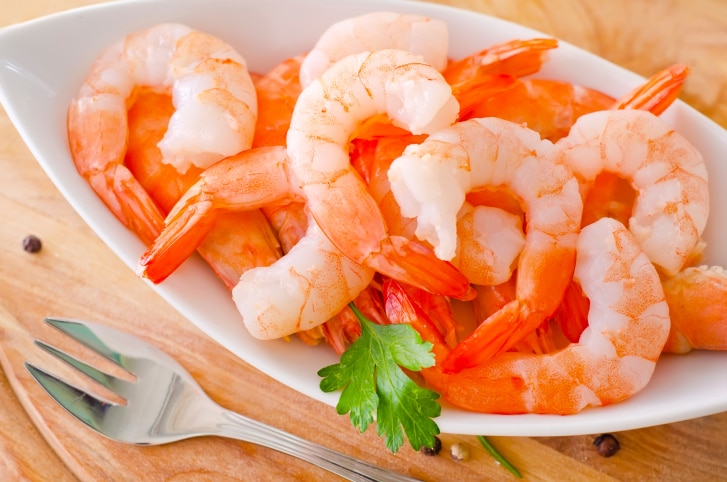Story ProgressBack to home
Shrimp(Jhinga)
Hindi Name:Jhinga
Shrimps refer to certain species of Decapod Crustaceans. The term is used broadly and covers a variety of species. Shrimps are mainly characterized by semi-transparent bodies which are flattened from side to side with a flexible abdomen. They have a fan-like tail.
- NDTV Food
- Nov 21 2014 13:22 IST
 Shrimps refer to certain species of Decapod Crustaceans. The term is used broadly and covers a variety of species. Shrimps are mainly characterized by semi-transparent bodies which are flattened from side to side with a flexible abdomen. They have a fan-like tail. Shrimps occur in all oceans, shallow as well as deep water along with freshwater lakes and streams.
Shrimps refer to certain species of Decapod Crustaceans. The term is used broadly and covers a variety of species. Shrimps are mainly characterized by semi-transparent bodies which are flattened from side to side with a flexible abdomen. They have a fan-like tail. Shrimps occur in all oceans, shallow as well as deep water along with freshwater lakes and streams.
Shrimps vary in length from a few millimetres to more than 8 inches. They mainly feed on small plants and animals; some shrimps feed on carrion as well. Shrimps can be found feeding near the sea-floor on estuaries, coasts, rivers and lakes. There are thousands of species of shrimps. As they are adaptable, there are different species in different habitats. They are an important food source for big fish and even whales; they are an essential part of the food-chain.
Usage
Shrimps are used in various recipes across the world. Methods of preparation include baking, boiling, frying and grilling. It is popularly used as soup base in some Asian cuisines whereas shrimp curry is more popular in South Asia. In North-America, fried-shrimp is the most popular shrimp preparation. It is a necessary ingredient in the famous Spanish paella de marisco and Italian cacciucco. Fried Shrimps are a great addition to any salad, and are also relished when eaten along with fried rice.
Nutritional Value
1. Shrimps are low in mercury and high in Omega-3s
2. Shrimps are a good source of calcium and iodine.
3. Shrimps are healthy for the circulatory system, as they are low in saturated fats.
4. They are a highly concentrated source of the antioxidant and anti-inflammatory nutrient called astaxanthin.
5. They are high in cholesterol.
6. A rich source of Selenium, which can easily be absorbed by the human body.
7. At 6 grams per ounce, it is an excellent source of protein.
8. It has a low calorie count.
9. This shellfish is a very good source of heart-healthy vitamin B12 and a good source of energy-promoting iron, phosphorus, and niacin.
Caution: Shrimps are among the most common food allergens.








